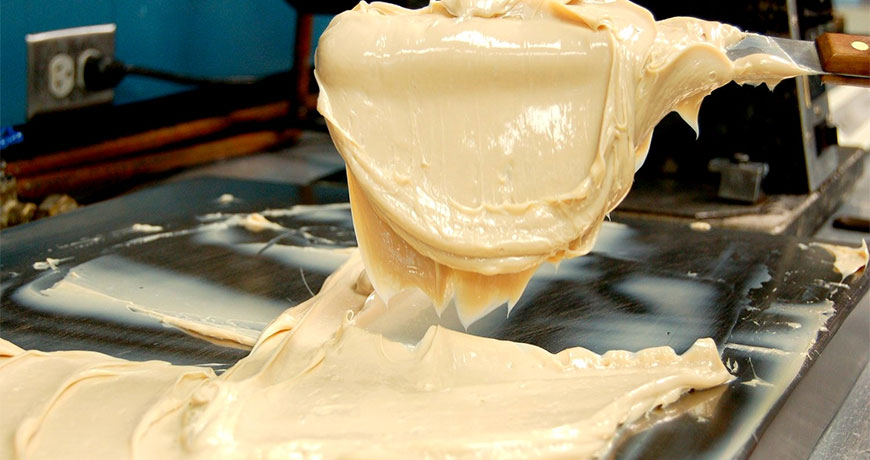Tremendous science goes into engineering the many grease formulations that keep physical assets working their best. The sheer number of grease types available is as varied as the applications where they are used. Yet their composition remains a simple mixture of base oil, thickener, and in most cases some additives.

The Base Oil is the key ingredient of grease. Its job is to form the thin, hydrodynamic film that separates metal components from one another. When functional separation between elements is maintained, the bearing has what we term a functional grease mechanism.
Base oil is the key ingredient when matching grease types to specific applications.
Thickeners are the matrix of the grease. Base oil cannot resist gravity on its own. It relies on the thickener to hold it in place. The thickener makes grease effective regardless of a machine’s orientation. For instance, in a vertically oriented shaft, the base oil would seep away from the bearing making a sustainable, functional grease mechanism improbably. In addition to keeping base oil where it’s needed, thickener has the added benefit of shielding the base oil from particle contaminants.
Additives are a double-edged sword.
On the positive side, they enhance the lubricating properties of the base oil. Additives increase the lubricity of the base oil making grease even more slippery. They help fight oxidation, corrosion, and extreme pressure conditions.
For additional information, download our Oil & Grease Storage Best Practices which includes helpful tips to outline the best practices for proper lubrication storage.
On the negative side, they are a consumable. They deteriorate over time, so their effectiveness is not linear for the life of the grease. Additives can also have adverse effects on the thickener.
Additives add an unknown function to the mad science of calculating time-based grease replenishment intervals. Most departments working on calendar-based lubrication don’t factor additives into the equation, further compounding their errors.
While considerable science goes into formulating grease types, what the lube technician needs to know is that the grease he or she injects into the bearing actually reaches its intended destination and works to form an effective greasing mechanism.
We welcome you to read the previous blog in this series, “Why Lubricate?”
Filed under:
Lubrication by Allan Rienstra - SDT Ultrasound Solutions
